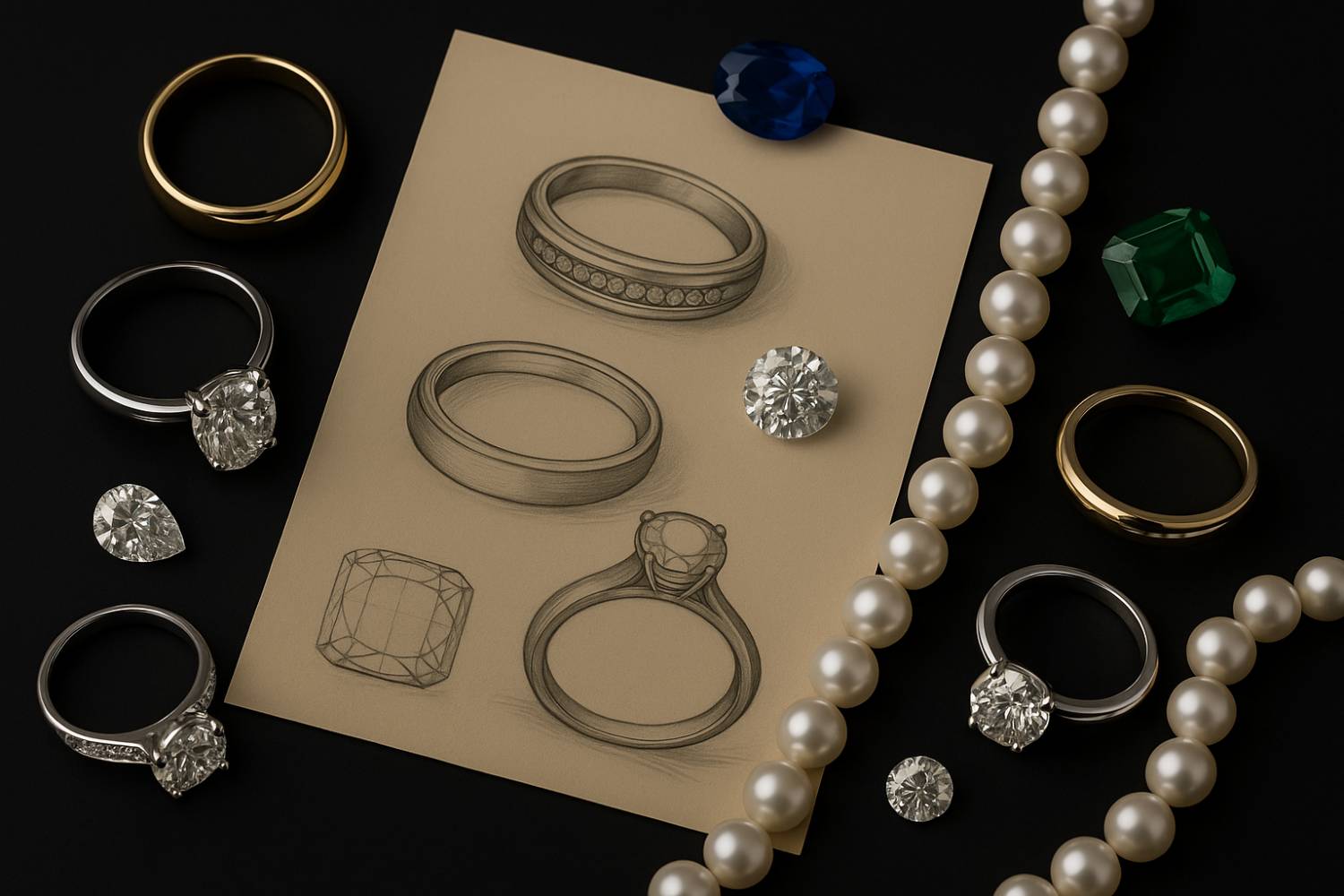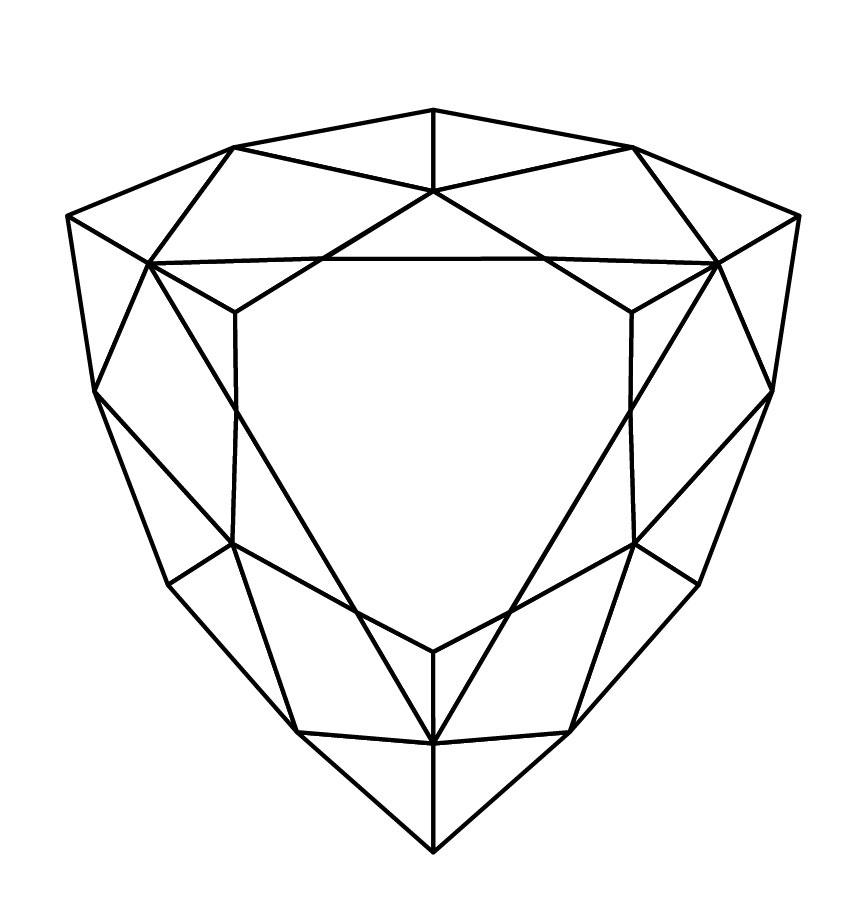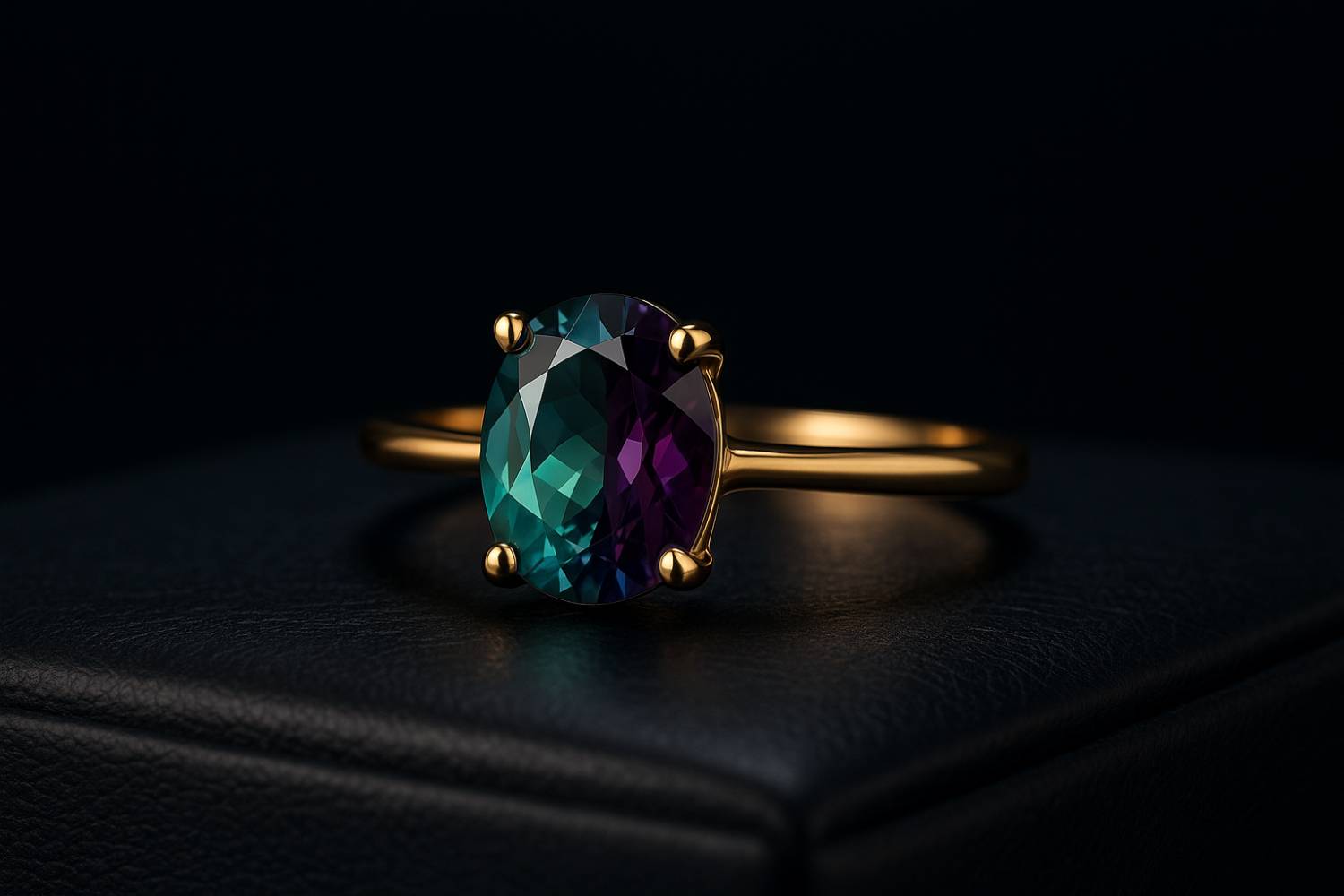
Types of gemstone cuts
Cutting is a technical process by which jewelers give a stone the correct shape that reveals its brilliance, color and refraction of light to the fullest extent. All these parameters are influenced by the hardness and purity of the mineral, and jewelers create real works of art from rough and uncut stones that become the centerpiece of a piece of jewelry.
During this process, excess parts of the original material are cut off. How large these pieces are depends on the cut chosen.
For example, for processing in the circle cut, the production losses are about 50% of the original mineral, and 20% of the losses are in the princess cut. The minimum loss rate is for the cushion cut.
The most common types of gemstone cuts
There are many types of gemstone cuts. We will look at the basic and most common ones.
The traditional cuts are round, facet cut and cabochon.
- Circle. The circle cut is currently one of the most famous gemstone cuts. It is especially often used in diamond cutting. It is also valued slightly higher than other cuts.
- Facet cut. Facet cuts are all cuts that are based on flat facets. These include: pear, marquis, octagon, princess, usher, heart, oval, radiant, emerald, trillion. The types listed are commonly referred to as traditional cuts. There are also completely unique cuts, which are called fancy cuts.
- Cabochon. A round, oval or spherical cut that is characterized by the absence of facets and has a smooth surface.
Characteristics of gemstone cuts
Circle
The most versatile cut for gemstones and especially for diamonds. It provides the best brilliance and play of the stone, light refraction and appearance. For smaller stones, a reduced version of the cut is used.
Recommended jewelry type: any.
Possible number of facets: 57, 33, 17

Cushion
Sometimes this cut is also called antique or antique. As a rule, Cushion is used when it is necessary to preserve the original weight of the mineral as much as possible. For example, most diamonds from the Baroque era were given this shape.
Recommended type of jewelry: earrings, pendants, necklaces.
Possible number of facets: 57, 33, 24.

Pear
Sometimes also called a drop. This cut combines a marquise and an oval. Has a somewhat limited scope of application. Creates an outward effect of sophistication.
Recommended type of jewelry: earrings, pendants, necklaces.
Possible number of facets: 56, 57.

Marquis
Oval shape of the stone, pointed on two edges. It is with these edges you need to be extremely careful - they are quite fragile.
Recommended type of jewelry: rings, pendants, earrings.
Possible number of facets: 55.

Oval
A fairly universal type of cut, which is used in most jewelry. It is distinguished by more pronounced shimmers of light around the perimeter when viewed from above.
Recommended type of jewelry: rings, pendants, earrings, bracelets, necklaces, pendants.
Possible number of facets: 57.

Radiant
A masculine cut that emphasizes the majesty of the stone. Requires a rather large size of the original mineral. Combines the features of a princess and an emerald.
Recommended type of jewelry: rings, earrings, pendants.
Possible number of facets: 65, 70 or other number of facets.

Emerald
It is used for the purest and largest stones. This cut makes it very difficult to hide any imperfections in the stone. It is inferior in color play to many other types of cuts, but vice versa in brightness.
Recommended type of jewelry: rings, earrings, pendants, bracelets, pendants, necklaces.
Possible number of facets: 57, 65 or other number of facets.

Princess
One of the most "playful" cuts, second only to the circle. Due to the fact that there are fewer production losses than for the circle cut, the princess cut is valued slightly less. But this does not prevent it from being the leader in use in engagement rings.
Recommended jewelry type: rings, earrings, pendants.
Possible number of facets: 49, 65, 68 or other number.

Usher
Usher is also called a square because it is simply a square version of the emerald. With a slight difference - a few more tiers and facets.
Recommended type of jewelry: rings, earrings, bracelets, necklaces.
Possible number of facets: 25, 49, 72 or other number of facets.

Heart
This method is similar to the pear cut in terms of stone processing technique. For the sake of maintaining a balance between the beauty of the lines and the strength, the ratio of the length and width of the stone after cutting should be 1:1.
Recommended type of jewelry: earrings, pendants, pendants.
Possible number of facets: 57, 58.

Trillion
An equilateral triangle with sharp or rounded edges. This is a relatively young cutting method, which was invented in the 80s.
Recommended jewelry type: rings, pendants, earrings, bracelets, necklaces.
Possible number of facets: 19, 31, 37, 52 or other number of facets.

All of these diamond cuts are also used for other precious and semi-precious stones: rubies, emeralds, sapphires, topaz, amethysts.
Every cut has its pros and cons. Choose what is closer to your heart!
Latest posts
Be the first to read what's new!


How Much Does a Real Alexandrite Ring Cost?

Next-Generation Wall Art: How Metal Prints Are Created — From Concept to Exhibition

TEFAF New York — An Event That Shapes the World of Art

Types of gold by color in jewelry

How to choose stones according to your zodiac sign

Emeralds: characteristics, properties and description of precious stones


